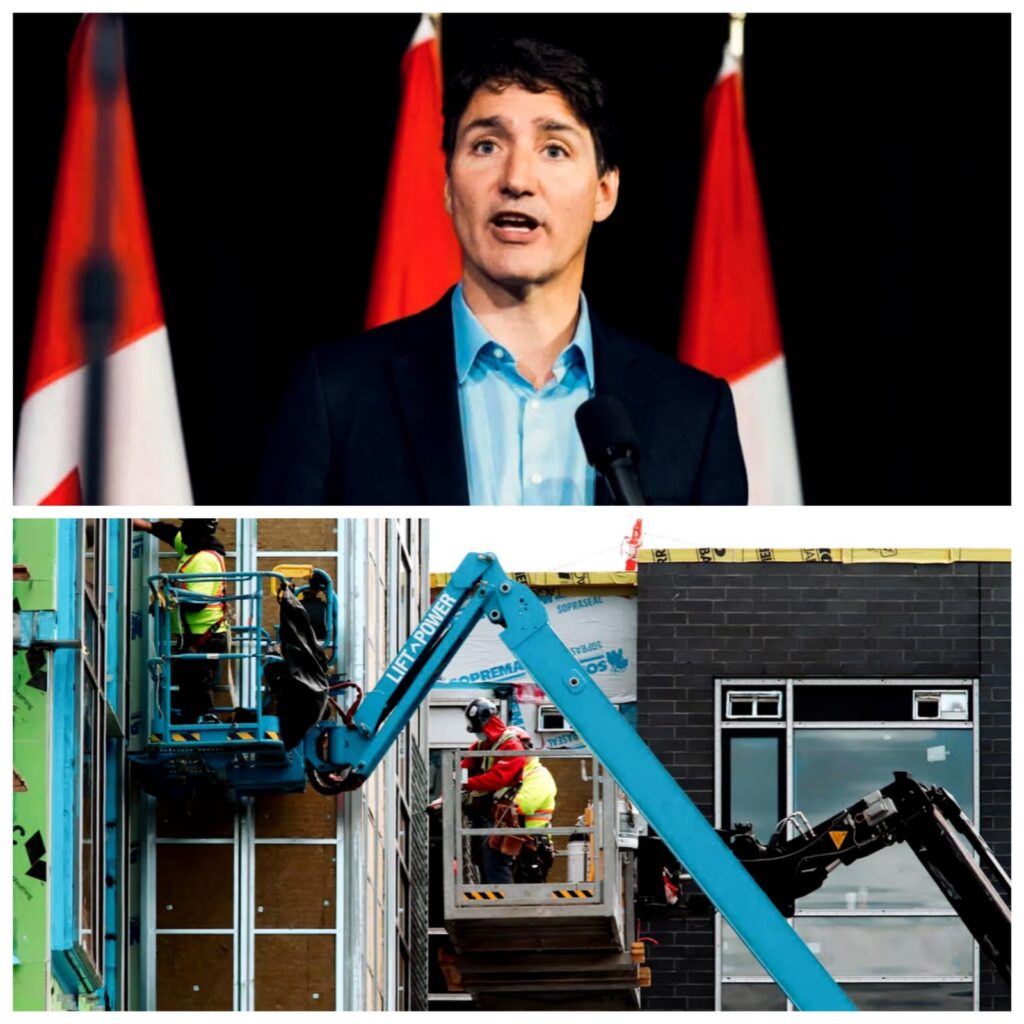Manashimaya

In a decisive move that could reshape the Canadian labour market, the Trudeau government has announced plans to cut down on low-wage temporary foreign workers in Canada. This policy shift is seen as a response to changing economic conditions and growing concerns over unemployment among Canadians, particularly immigrants and young people. The announcement has sparked a nationwide conversation about the future of work in Canada and the role of temporary foreign workers in the country’s economy.
A Historic Surge and Its Impacts
The Trudeau government’s decision to cut down on low-wage temporary foreign workers in Canada comes after a period of historic growth in the foreign worker population. Following the COVID-19 pandemic, Canada faced a severe labour shortage, prompting the government to loosen restrictions on temporary foreign workers. This surge was intended to fill the gaps in industries struggling to find workers, but it also led to unintended consequences. Some Canadian experts argue that this influx has fuelled unemployment among Canadian workers, particularly in communities with already high unemployment rates.
The Trudeau government’s plan to cut down on low-wage temporary foreign workers in Canada aims to address these concerns. By reducing the number of temporary foreign workers, the government hopes to create more opportunities for Canadian citizens and residents, particularly in sectors where they have traditionally been underrepresented.
New Restrictions to Protect Canadian Jobs
Under the new regulations, the Trudeau government plans to cut down on low-wage temporary foreign workers in Canada by introducing stricter hiring conditions. Employers in regions with an unemployment rate of six percent or higher will face new limitations on their ability to hire low-wage temporary foreign workers. These restrictions will primarily affect non-essential sectors, although certain “food security sectors” like agriculture, food and fish processing, construction, and health care, where acute staffing shortages persist, will see some exceptions.
Furthermore, employers will not be allowed to have temporary foreign workers account for more than 10% of their staff. This significant adjustment is part of the Trudeau administration’s overall efforts to lower the number of low-wage temporary foreign workers in Canada and to encourage businesses to invest more in hiring and training Canadian workers.
Shortened Contracts and a Focus on Domestic Talent
Another key aspect of the Trudeau government’s plan to cut down on low-wage temporary foreign workers in Canada is the reduction of contract lengths for temporary foreign workers. Previously, these workers were often employed under two-year contracts. Moving forward, the government will limit these contracts to just one year. This change is designed to make it more feasible for businesses to transition towards hiring and training Canadian workers, rather than relying on a transient foreign workforce.
In a statement, Randy Boissonnault, Minister of Employment, Workforce Development and Official Languages, emphasised the Trudeau government’s commitment to prioritising Canadian workers. He noted that the Temporary Foreign Worker Program was originally intended to address specific labour market shortages when qualified Canadians were unavailable. However, the Trudeau government now believes that it is time to cut down on low-wage temporary foreign workers in Canada to ensure the programme is aligned with the current economic landscape.
A New Direction for the Canadian Labour Market
The Trudeau government’s decision to cut down on low-wage temporary foreign workers in Canada marks a significant shift in policy. By tightening the rules and reducing the reliance on foreign labour, the government hopes to create more opportunities for Canadian workers and reduce unemployment in vulnerable communities. This move reflects the changing priorities of the Canadian economy and underscores the government’s commitment to ensuring that Canadians are the primary beneficiaries of the nation’s economic growth. As these changes take effect, businesses across the country will need to adapt and invest in the local workforce to meet their labour needs.
